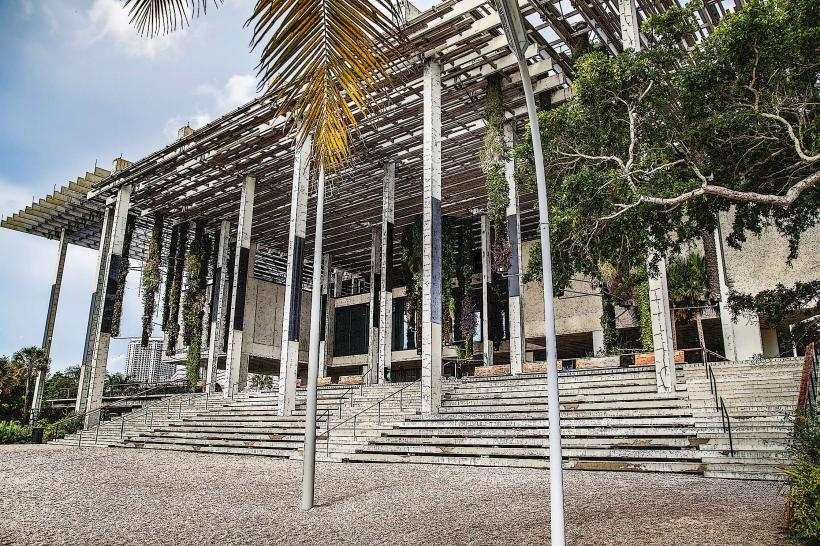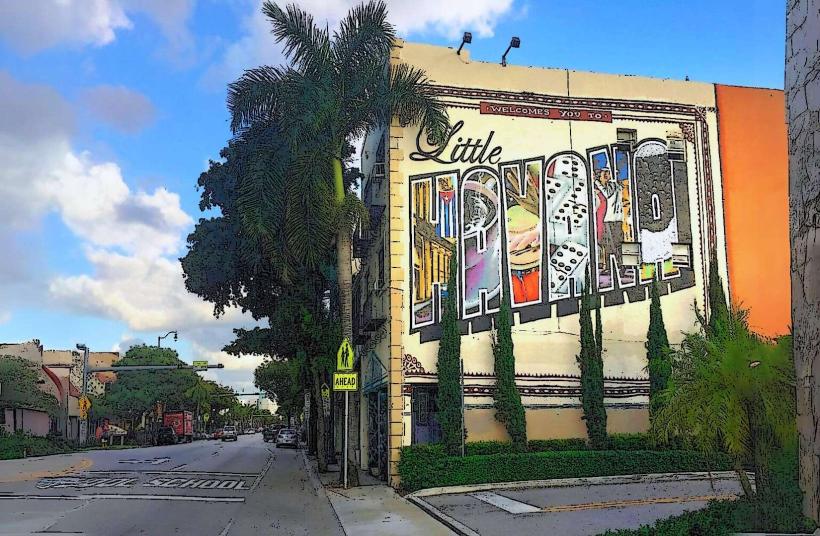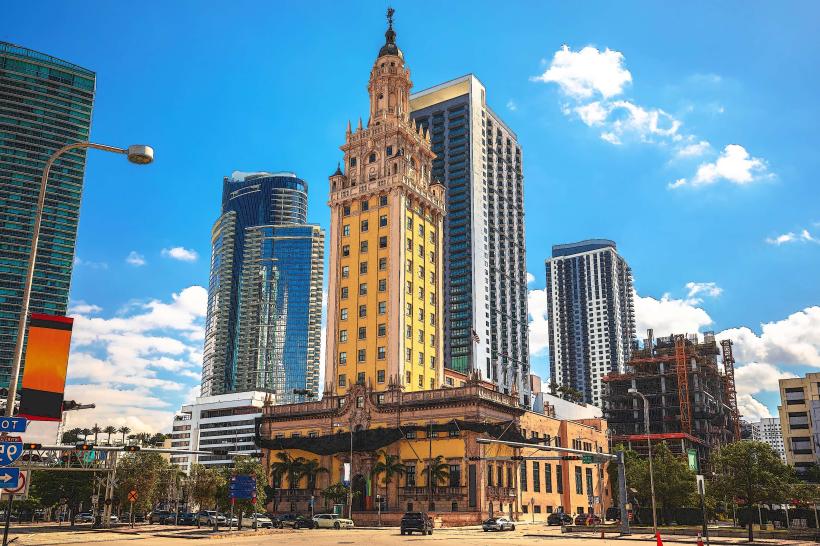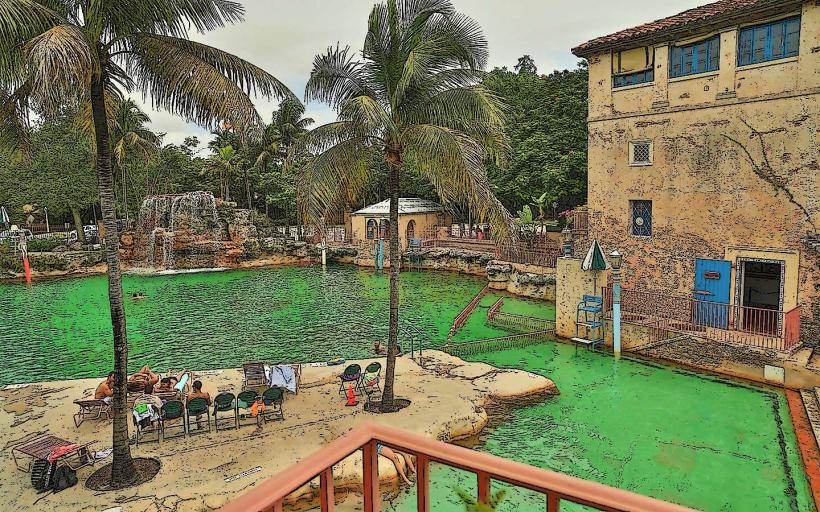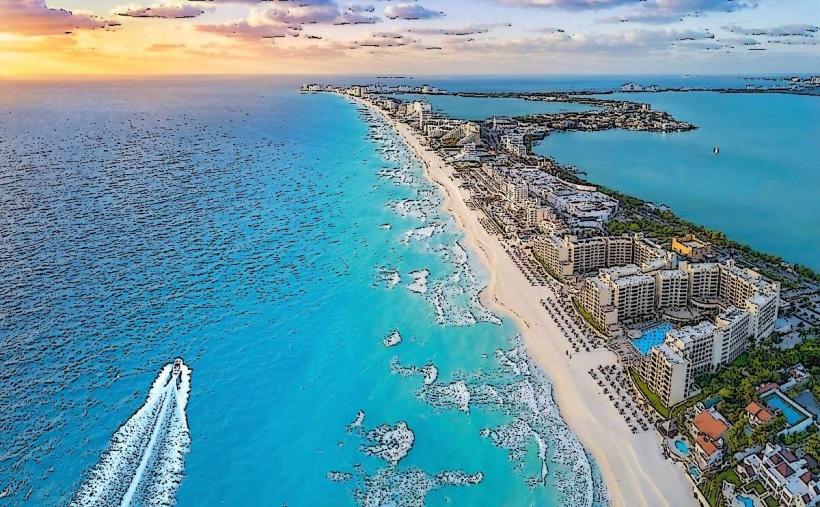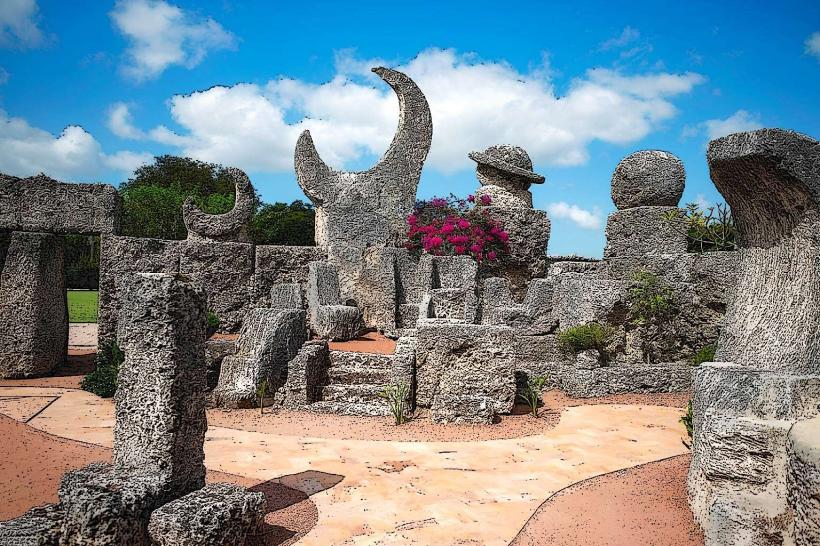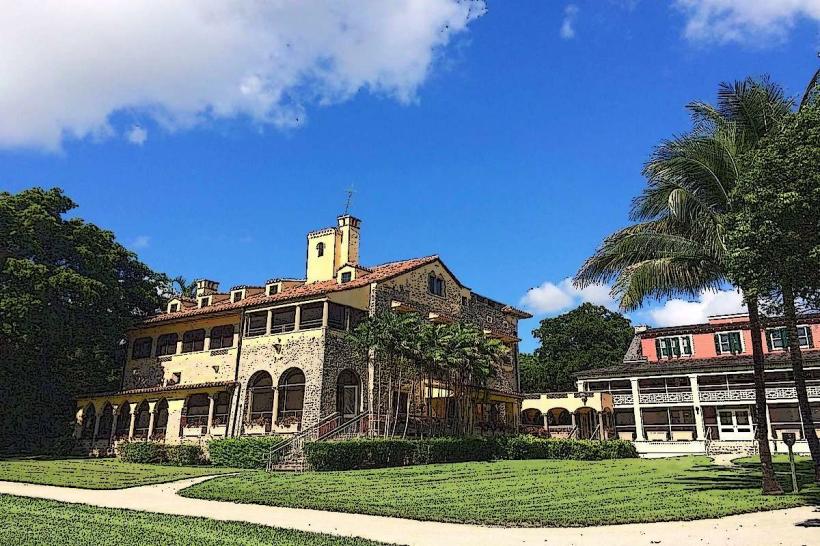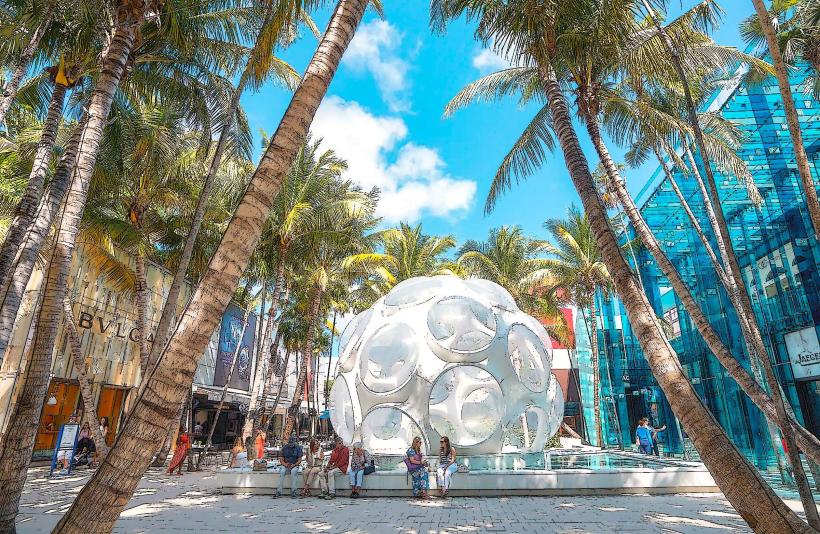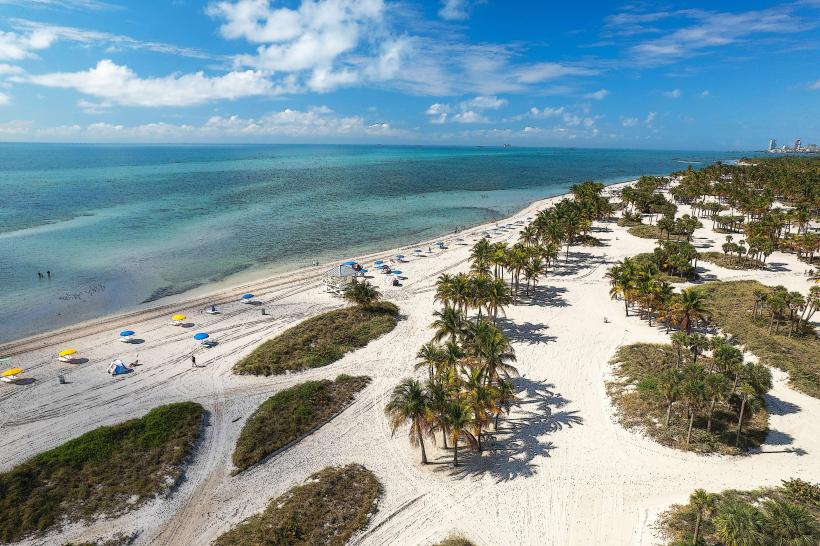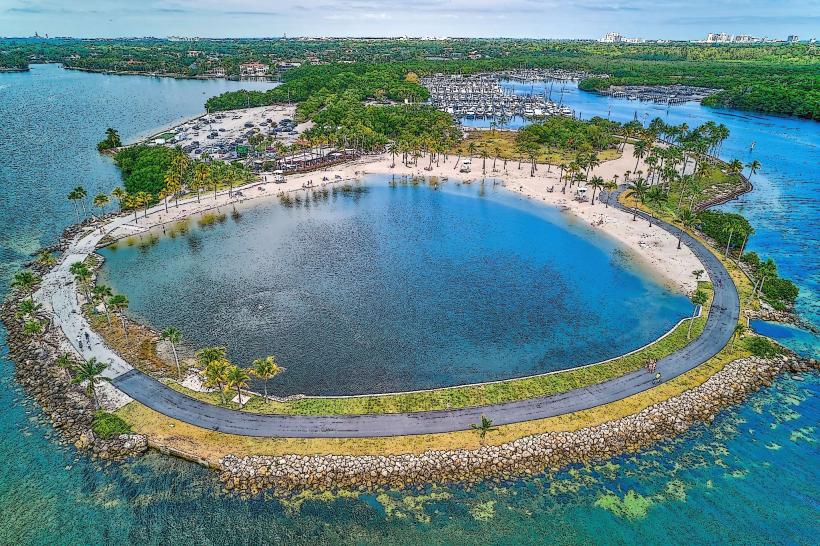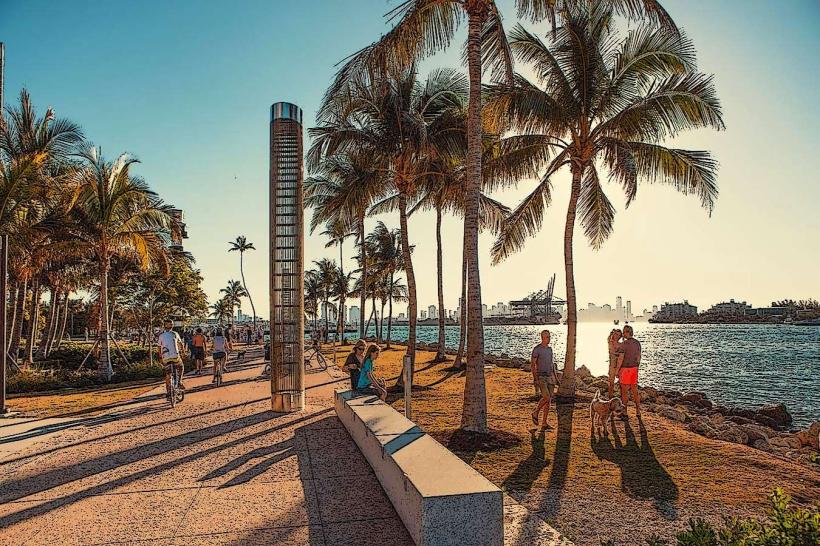Information
Landmark: Miami SeaquariumCity: Miami
Country: USA Florida
Continent: North America
Miami Seaquarium, Miami, USA Florida, North America
The Miami Seaquarium is one of the oldest oceanariums in the United States, opened in 1955 and located on Virginia Key, just off the coast of downtown Miami, Florida. It occupies 38 acres and has long been a major tourist attraction in South Florida, offering both entertainment and education about marine life. However, the Seaquarium has been the subject of increasing scrutiny and controversy, especially in recent years. Here’s a detailed overview:
1. Main Attractions and Experiences
Despite its controversies, the Miami Seaquarium still draws visitors with a variety of animal exhibits and interactive programs. These include:
Dolphin Odyssey: Guests enter the water to interact with dolphins, including handshakes, kisses, and dorsal fin rides. It’s one of the park’s signature interactive experiences.
Seal Swim and Encounters: A chance to swim with harbor seals or enjoy dry-land interactions. These are often considered family-friendly experiences.
Sea Trek Reef Encounter: Using special underwater helmets, visitors can walk through a 300,000-gallon reef tank populated with tropical fish, rays, and sharks.
Penguin Meet & Greet: This dry-land encounter allows for close-up interaction with African penguins, including educational talks and photo opportunities.
Shark & Ray Interaction: An interactive habitat where guests can feed and touch stingrays and smaller species of sharks.
Marine Shows: These have included performances by dolphins and sea lions, though some shows have changed or been reduced following public criticism of animal treatment.
2. Educational and Conservation Efforts
The Seaquarium has long promoted its educational mission, particularly for school groups and tourists. It offers programs like:
Marine biology classes for children and schools
Sea turtle rescue and rehabilitation programs
Educational signage and staff presentations about animal care and conservation
However, critics have argued that these efforts have often been overshadowed by commercialized entertainment.
3. Controversies and Criticism
Lolita the Orca (Tokitae)
The most controversial figure in the park’s history was Lolita, also known by her native name Tokitae, a female orca captured in 1970 from the Pacific Northwest.
She was kept in the smallest orca tank in North America (35 feet wide and 20 feet deep at its shallowest).
For decades, animal rights groups protested her confinement, arguing it violated federal regulations.
In 2022, efforts began to plan her retirement to a sea pen in the Pacific Northwest.
On August 18, 2023, Lolita died at age 57 before those plans could be realized, reportedly from kidney failure and other complications.
Her death intensified global criticism and increased pressure on the Seaquarium and its operator.
Animal Welfare Violations
The facility was cited numerous times by the USDA and other agencies for:
Inadequate veterinary care
Failing to maintain clean and safe enclosures
Housing animals in isolation
Poor food quality and unsafe training conditions
In 2021 and 2022, inspections revealed serious welfare concerns, particularly for marine mammals and manatees.
4. Ownership and Legal Trouble
The Seaquarium was operated by Palace Entertainment for many years before being acquired by The Dolphin Company, based in Mexico, in 2022.
In December 2023, Miami-Dade County issued a formal eviction notice, claiming the Seaquarium had violated its lease agreement by failing to maintain proper care of the animals and facilities.
In 2024, the Seaquarium was given a final warning and faced potential closure or forced management change if conditions didn’t improve.
Despite this, the USDA in early 2024 confirmed that corrective measures were being taken and that the Seaquarium was once again in compliance with the Animal Welfare Act.
5. Public Sentiment and Future Outlook
Animal rights groups, including PETA and the Animal Legal Defense Fund, have repeatedly called for the permanent closure of the facility.
Local residents and tourists are increasingly divided, with some supporting its educational value, while others demand it be shut down.
Miami-Dade County is reviewing the long-term future of the site, which occupies valuable waterfront land.
6. Visiting Information (as of 2025)
Operating Hours: Daily, 10:00 AM – 5:00 PM
General Admission Prices:
Adults (10+): ~$34.99 (discount online: ~$32.99)
Children (3–9): ~$24.99 (discount online: ~$22.99)
Children under 2: Free
Location: 4400 Rickenbacker Causeway, Miami, FL 33149
Parking: Available for a daily fee
Facilities: Gift shop, food court, educational exhibits, animal hospital (not open to the public)
Conclusion
The Miami Seaquarium is a place with a long history and complex legacy. While it has entertained and educated millions, its reputation has been tarnished by decades of controversy, especially around animal welfare. Its future now depends on how it adapts to modern expectations for marine life care, regulatory pressure, and public scrutiny.



